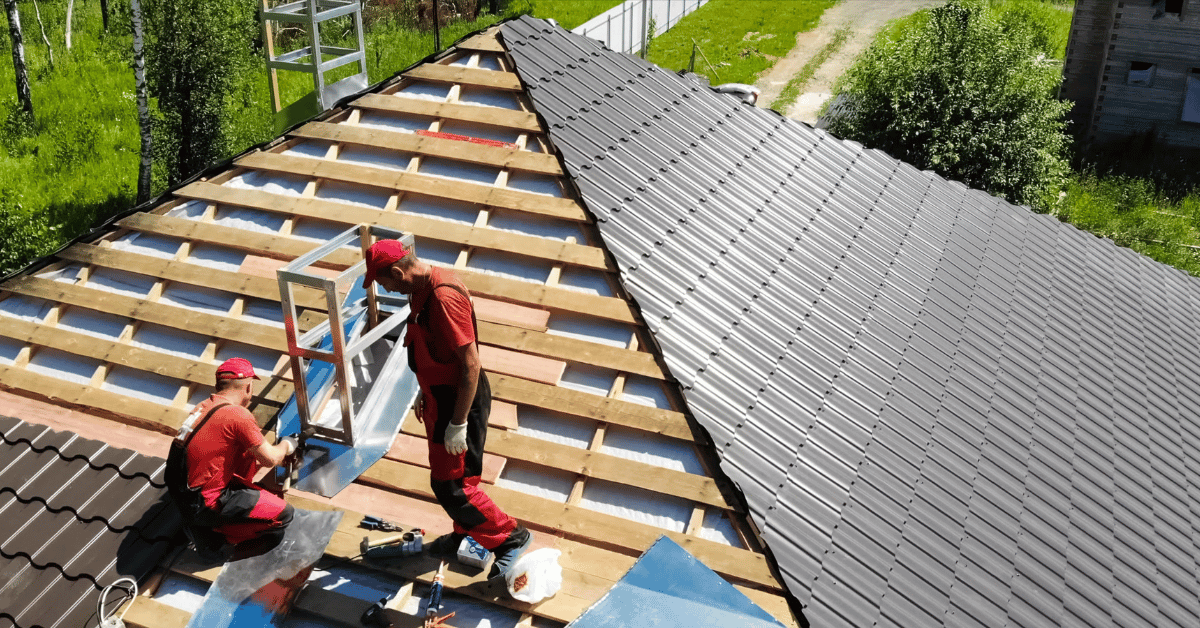Researching the best roof types is an important step for anyone considering a new roof or adding a roof to their home. Each roof design offers its own unique set of benefits, challenges, and aesthetic appeal, making it crucial to understand the options available.

From the practicality of a gable roof to the modern elegance of a butterfly roof, this article dives into the world of roofs, providing a detailed look at various styles. Whether you're aiming to enhance your home's durability against the elements or simply seeking to elevate its appearance, finding the right roof type can significantly impact both the functionality and curb appeal of your property. A well-maintained roof is vital, and incorporating gutter guards can save you from frequent gutter cleaning, ensuring your roof's longevity.
Let's explore the features, pros, and cons of each roof type to help you make an informed decision.
14 Common Types of Roofs
| Roof type | Pros | Cons |
|---|---|---|
| Gable roof | Simple design, effective water runoff, good ventilation, easy to construct | Not ideal for high wind areas unless properly braced |
| Hip roof | Stable, good for high wind and snowy areas, durable | More expensive than gable roofs due to complexity |
| Gambrel roof | Maximizes attic space, easy water and snow runoff, aesthetically pleasing | Can be less stable in high wind areas |
| Flat roof | Versatile use of roof space (e.g., gardens, terraces), modern look, easy access | Requires more maintenance, not the best option for areas with heavy rainfall due to water pooling risks |
| Dormer roof | Adds natural light and ventilation, increases usable space, enhances curb appeal | Can be expensive to add, potential for leaks if not properly installed |
| Butterfly roof | Unique modern design, effective water collection, allows for larger windows | Complex and expensive construction, requires meticulous maintenance |
| Skillion roof | Simple and quick to construct, modern appearance, effective water runoff | Less space in the attic, not suited for high wind areas unless well-designed |
| Saltbox roof | Interesting design, good for snow and rain runoff, more living space at the back | Asymmetrical design can complicate construction and layout |
| Curved roof | Aerodynamic, visually appealing, customizable curvature | Higher cost due to complexity, may require specialized materials |
| Dutch roof | Combines benefits of gable and hip roofs, adds space and aesthetic appeal | More complex design can increase construction costs |
| Bonnet roof | Protects exterior walls from weather, provides additional outdoor living space | More complex to construct, can be more expensive than simpler designs |
| Intersection roof | Adds architectural interest, excellent drainage | Complex design can lead to higher construction costs |
| Cross hipped roof | Excellent for homes with complex layout, good drainage and stability | Complex and expensive to build, requires more materials |
| Clerestory roof | Provides natural light and ventilation, adds aesthetic appeal, allows for privacy while letting in sunlight | Can be more expensive due to complex design and construction, may require additional insulation to maintain energy efficiency |
Selecting the right roof type is more than just an aesthetic choice; it's a long-term investment in your home's future. The table provided offers a glimpse into the diverse world of roofing, highlighting the functional and aesthetic implications of each option. When it comes to roof repair, remember that timely intervention is crucial. As you consider these popular roof types, think about how each aligns with your needs, preferences, and the specific demands of your local climate. Remember, the ideal roof not only complements your home's design but also enhances its protection and energy efficiency, ensuring comfort and security for years to come. If you're considering a change, remember that window replacement can be just as important as the roof in terms of energy efficiency and aesthetics.
Below is an even more close look in to each type of roof, along with illustrations.
Gable roof
The gabled roof, often called the pitched or peaked roof, is arguably the most iconic roof shape in residential buildings. Recognized for its triangular shape, this type of roof is beloved for its simplicity, effectiveness in shedding water, and ease of ventilation and attic space creation. It fits perfectly with a variety of architectural styles, from classic to contemporary, and its design allows for efficient water runoff, reducing the risk of water pooling and damage. The gable roof is also particularly advantageous in areas that have heavy snowfalls, as its steep pitch helps to easily shed snow.

-
Simple design, effective water runoff, good ventilation, easy to construct
-
Not ideal for high wind areas unless properly braced
Hip roof
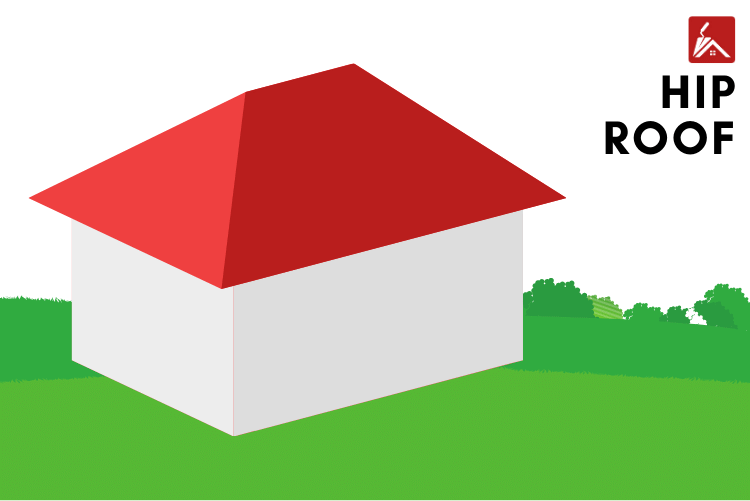
-
Stable, good for high wind and snowy areas, durable
-
More expensive than gable roofs due to complexity
Gambrel roof

-
Maximizes attic space, easy water and snow runoff, aesthetically pleasing
-
Can be less stable in high wind areas
Flat roof
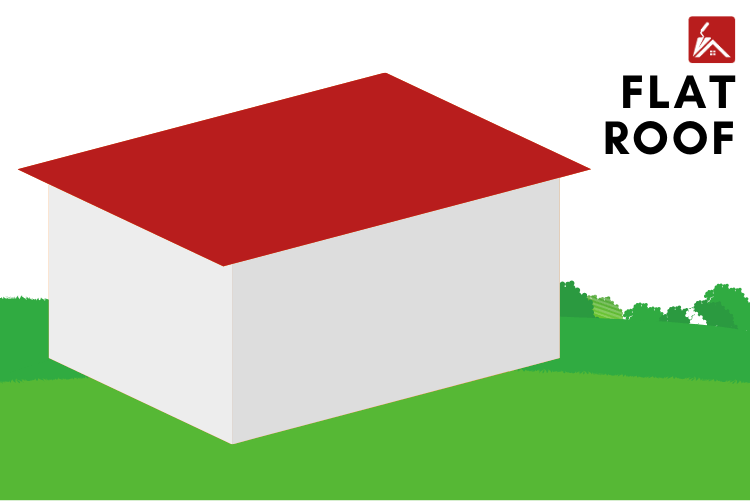
-
Versatile use of roof space (e.g., gardens, terraces), modern look, easy access
-
Requires more maintenance, not ideal for areas with heavy rainfall due to water pooling risks
Dormer roof
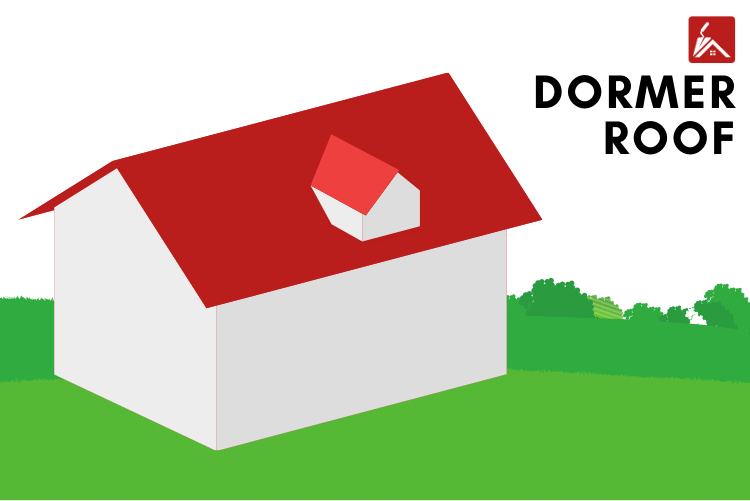
-
Adds natural light and ventilation, increases usable space, enhances curb appeal
-
Can be expensive to add, potential for leaks if not properly installed
Butterfly roof

-
Unique modern design, effective water collection, allows for larger windows
-
Complex and expensive construction, requires meticulous maintenance
Skillion roof
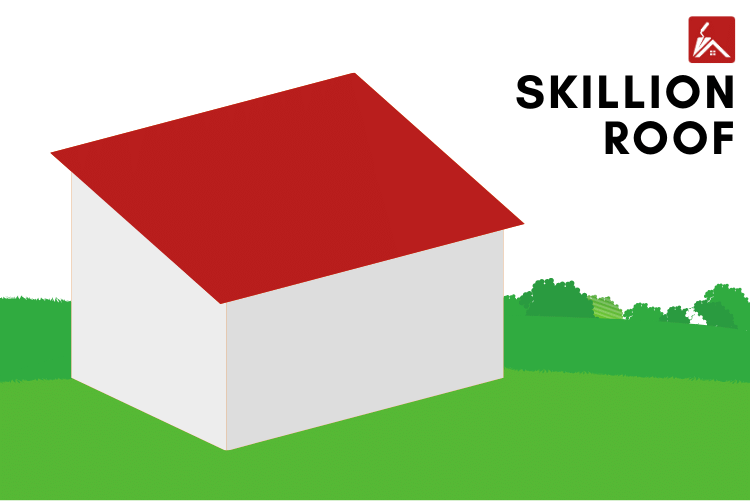
-
Simple and quick to construct, modern appearance, effective water runoff
-
Less space in the attic, not suited for high wind areas unless well-designed
Saltbox roof
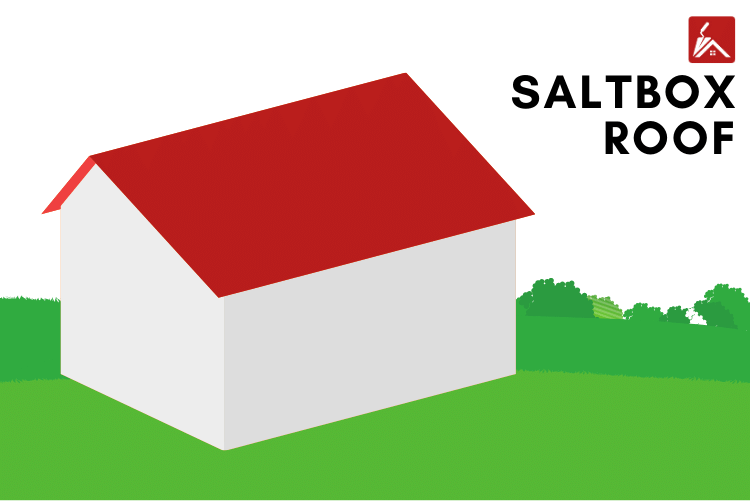
-
Interesting design, good for snow and rain runoff, more living space at the back
-
Asymmetrical design can complicate construction and layout
Curved roof
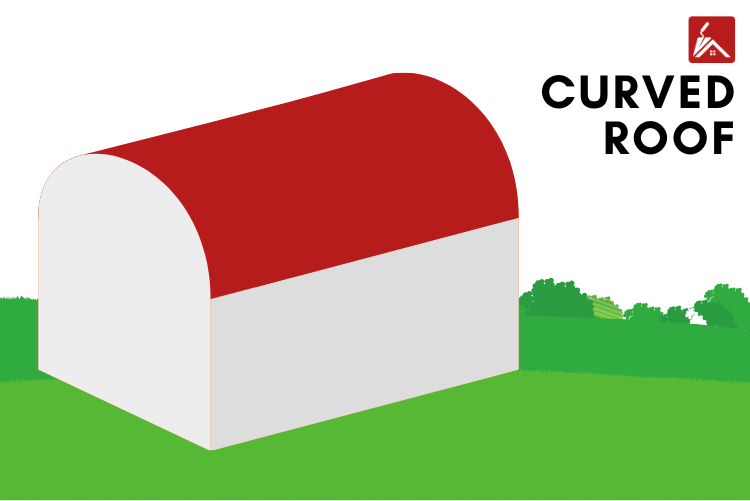
-
Aerodynamic, visually appealing, customizable curvature
-
Higher cost due to complexity, may require specialized materials
Dutch roof
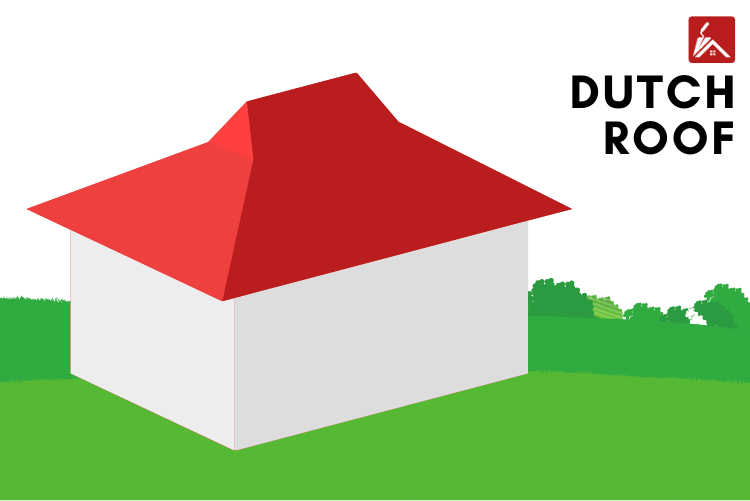
-
Combines benefits of gable and hip roofs, adds space and aesthetic appeal
-
More complex design can increase construction costs
Bonnet roof
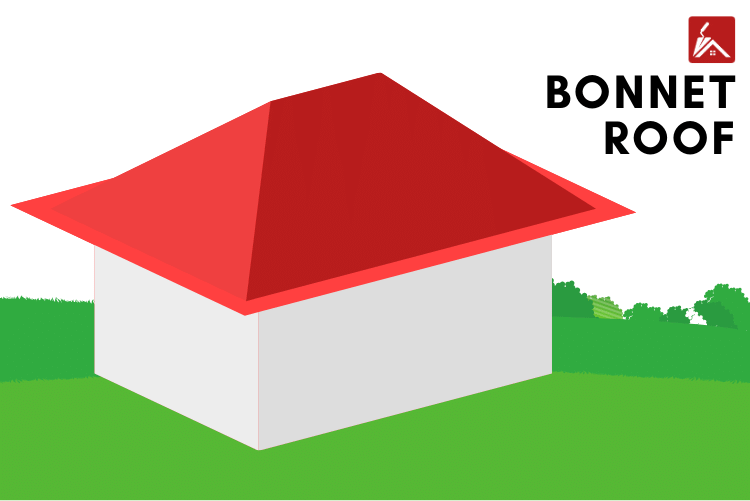
-
Protects exterior walls from weather, provides additional outdoor living space
-
More complex to construct, can be more expensive than simpler designs
Intersection roof
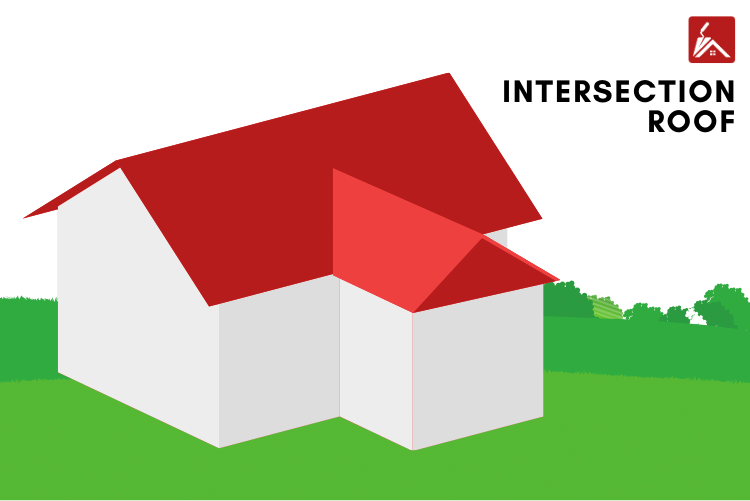
-
Adds architectural interest, excellent drainage
-
Complex design can lead to higher construction costs
Cross hipped roof
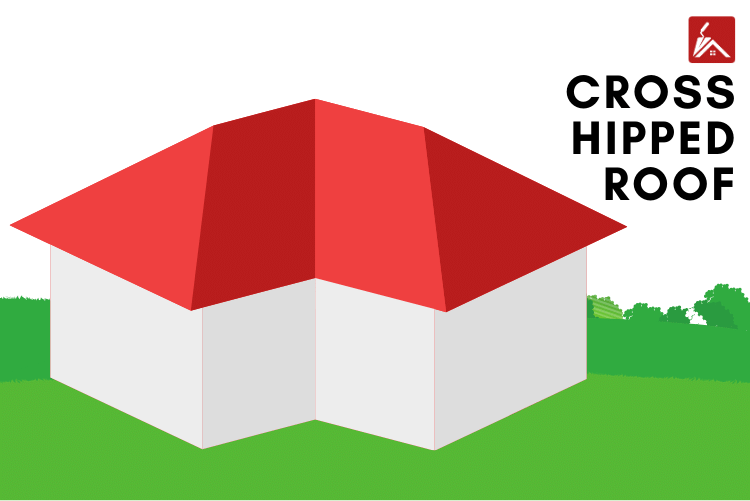
-
Excellent for homes with complex layout, good drainage and stability
-
Complex and expensive to build, requires more materials
Clerestory roof
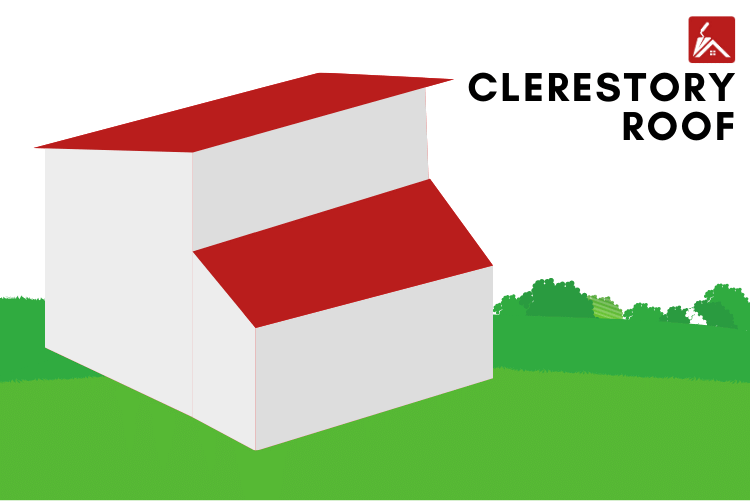
-
Provides natural light and ventilation, adds aesthetic appeal, allows for privacy while letting in sunlight
-
Can be more expensive due to complex design and construction, may require additional insulation to maintain energy efficiency
Professional vs. DIY Roofing Projects
Roofing Types FAQ
The three main types of roofs are gable, hip, and flat roofs. Gable roofs are the easiest to recognize by their triangular contour, making them popular for their classic appearance and effectiveness in shedding water and snow. Hip roofs have inclines on all four sides that meet at the summit to create a ridge, offering excellent stability and resistance to wind. Flat roofs, while not entirely flat, have a very slight pitch for water drainage and are favored for their modern look and functional space on top.
Flat roofs are generally considered the cheapest type of roof to install, especially for commercial properties. For residential homes, the simplest gable roof can also be among the most cost-effective options due to its straightforward design that requires fewer materials and less labor compared to more complex roof types.
Metal roofs are famous for their durability, often lasting over 50 years with minimal maintenance. In terms of roof shape, hip roofs are known for their durability and ability to withstand high winds and harsh weather conditions due to their sturdy design.
The two basic roof framing types are stick framing and truss framing. Stick framing, the traditional method, involves constructing the roof on-site using separate pieces of lumber. Truss framing, on the other hand, uses pre-engineered trusses (triangular wooden structures) that are manufactured off-site and then installed, which can be more cost-effective and time-efficient.
The strongest roof design is often considered to be the hip roof due to its all-encompassing slopes that provide excellent stability and resistance to wind and snow. The symmetry of a hip roof distributes weight evenly, which is beneficial in high-wind areas or places prone to heavy snowfall, making it a robust choice for many climates.


